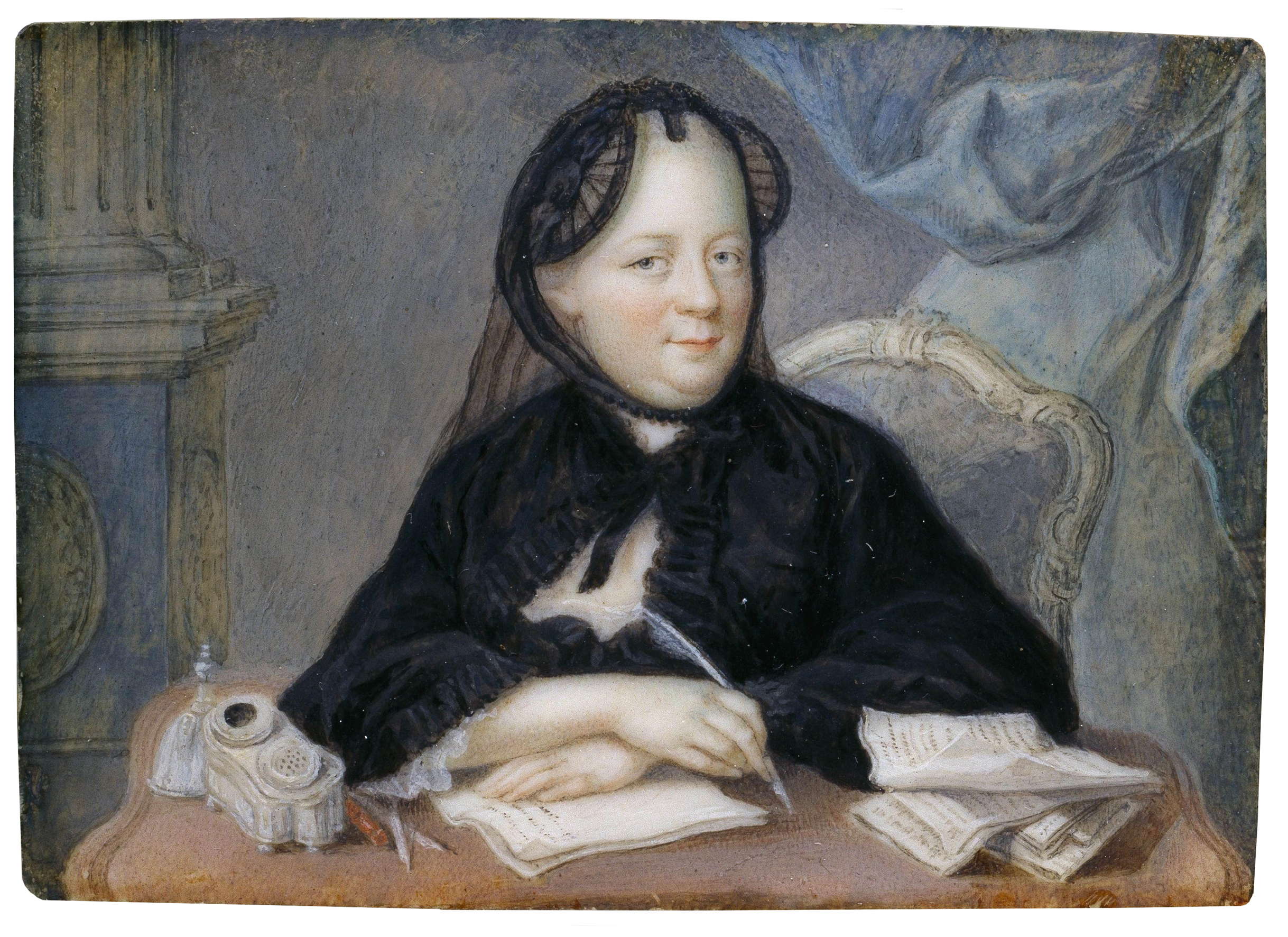Today here on EBJ - History Salon, as part of the Historical Fiction Virtual Blog Tour,
I have the great pleasure of interviewing Anne Easter Smith,
Author of ROYAL MISTRESS
INTERVIEW
Welcome to EBJ- History Salon, Anne,
1-In
your opinion why is it that it took so long to find Richard's bones- is
conspiracy perhaps part of the answer?
Interesting
theory, Lucy, but I honestly can’t buy it! It was known where the bones
were up until the dissolution of the monasteries in Henry VIII’s time, and
Greyfriars along with every other monstery in England was ransacked and
desecrated. There was then a rumor that Richard’s grave had been dug up, his
bones thrown in the nearby River Soar, and the sarcophagus used as a horse
trough. There was a small monument that Henry VII felt he ought to pay for
placed in the church about eight years after Bosworth, with Richard’s name on
it, and the last time it was seen was as part of a garden of a residence built
around the ruins of the old Grehfriars Church a couple of hundred years ago. By
this time, poor Richard had such an awful reputation, no one bothered to look
around. Even when I joined the Society 20 years ago, we believed the bones in
the river story. We were sad not to have a gravesite to visit, but there it
was. All that was done in the more recent past by the Society was a plaque
nailed to a wall by the car park that said Richard’s bones might be lying
somewhere near this spot. It was Philippa Langley, president of the Scottish
Branch of the Society, who decided to do more than accept the belief that the
bones had simply disappeared and made a ten-year study of a possible site.
2- Again
pertaining to Richard, why do people have such strong feelings about this
royal; either hate, or love?
The case
against Rchard begun by the Tudor historians, Rous, Hall and Holinshed,
continued by Sir Thomas More (“Historie of King Richard III”) and subsequently
Shakespeare was hard to refute. They painted a compelling portrait of a
hunchbacked, evil tyrant and only a few writers in later centuries (Sir George
Buck in the 17th century and Horace Walpole in the 18th century) tried to
rectify Richard’s unfair reputation, but they fell on deaf ears. The creation
of the Richard III Society in the 1920s has led several 20th century scholars
to revise the history books, and with many of we novelists also doing our jobs in
helping to debunk the Tudor writers, the history books are gradually changing
their tone about this much-maligned king.
3- In your
upcoming novel, what inspired you to write about this favourite mistress?
I wanted to
make sure I didn’t give King Edward IV short shrift in my series about the York
family in the Wars of the Roses. Edward certainly was featured in three of them
(he was already long dead when “The King’s Grace” began), and I thought about
using his queen, Elizabeth Woodville, to
tell his story, but she has already been written about enough, so I turned to
Jane Shore. When I discovered what a dramatic tale hers was, I could not
resist! It also brought me full circle from my first book “A Rose for the
Crown” in which my protagonist was an ordinary medieval woman to this daughter
of a silk merchant in the city of London--another commoner. I love delving into
every-day medieval life and find being in a castle constantly with my royal
protagonists a totally different experience.
4- Lastly,
what advice can you give aspiring authors in finding the heroine they want to
write about? Where's a good place to get started?
In my case, it
was Richard’s story I wanted to tell but I didn’t dare try and get into the
head of a man -- they are so complicated! So I looked around for someone who
could tell a good story and who had not been written about before. His wife,
Anne Neville’s point of view is often told -- in fact there are two historical
novels about her out right now! While I was researching Richard, I kept seeing
references to his sister Margaret and she fascinated me more and more, so
became the protagonist of “Daughter of York.” In “The King’s Grace” I went back
to a minor character to tell the Perkin Warbeck story and again, doing my
research on him, I ran across the one line in history that mentions Edward IV’s
bastard daughter, Grace. And voila, my next heroine! I have to feel a
connection and there has to be an “aha!” moment for me. You must write about
someone you are passionate about or the words won’t come!
Thanks so much
for hosting me, Lucy.
Thank you Anne!
About the Book
Publication Date: May 7, 2013 | Touchstone | 512p
Publication Date: May 7, 2013 | Touchstone | 512p
From the author of A Rose for the Crown and Daughter of York comes another engrossing historical novel of the York family in the Wars of the Roses, telling the fascinating story of the rise and fall of the final and favorite mistress of Edward IV.
Jane Lambert, the quick-witted and alluring daughter of a silk merchant, is twenty-two and still unmarried. When Jane’s father finally finds her a match, she’s married off to the dull, older silk merchant William Shore—but her heart belongs to another. Marriage doesn’t stop Jane Shore from flirtation, however, and when the king’s chamberlain and friend, Will Hastings, comes to her husband’s shop, Will knows his King will find her irresistible.
Edward IV has everything: power, majestic bearing, superior military leadership, a sensual nature, and charisma. And with Jane as his mistress, he also finds true happiness. But when his hedonistic tendencies get in the way of being the strong leader England needs, his life, as well as that of Jane Shore and Will Hastings, hang in the balance.
This dramatic tale has been an inspiration to poets and playwrights for 500 years, and told through the unique perspective of a woman plucked from obscurity and thrust into a life of notoriety, Royal Mistress is sure to enthrall today’s historical fiction lovers as well.
About the Author
Anne Easter Smith is an award-winning historical novelist whose research and writing concentrates on England in the 15th century. Meticulous historical research, rich period detail, and compelling female protagonists combine to provide the reader with a sweeping portrait of England in the time of the Wars of the Roses. Her critically acclaimed first book, A Rose for the Crown, debuted in 2006, and her third, The King’s Grace, was the recipient of a Romantic Times Review Best Biography award in 2009. A Queen by Right has been nominated by Romantic TImes Review for the Best Historical Fiction award, 2011.
Anne Easter Smith is an award-winning historical novelist whose research and writing concentrates on England in the 15th century. Meticulous historical research, rich period detail, and compelling female protagonists combine to provide the reader with a sweeping portrait of England in the time of the Wars of the Roses. Her critically acclaimed first book, A Rose for the Crown, debuted in 2006, and her third, The King’s Grace, was the recipient of a Romantic Times Review Best Biography award in 2009. A Queen by Right has been nominated by Romantic TImes Review for the Best Historical Fiction award, 2011.
For full Blog Tour with Anne Easter Smith, see HERE.



































.jpg)










1 comment:
Lovely interview! I LOVED Queen by Right. Looking forward to reading this one as well :)
Post a Comment